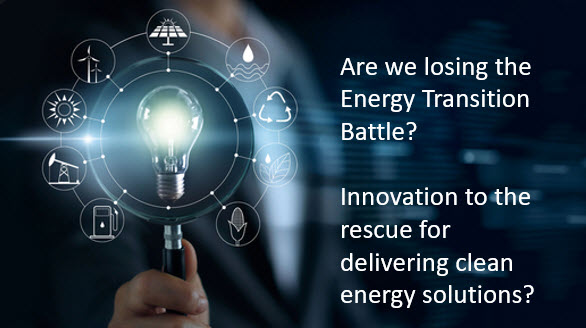
Transformational innovation is increasingly needed to cope with the change needed in many organizations to find a new or repositioned value proposition.
Transformational innovation is one of the hardest, if not the hardest, to achieve. When you are required to become (really) different at the core, you face the inherent conflict that making change is where clear leadership can only bring about, guiding the changes required through this highly disruptive period and providing the compelling story of the compelling future that provides a fundamentally better state than the one occupied today.
We have many innovation outcomes to choose from, including incremental, distinctive, radical or disruptive. Today we focus more on open innovation where a greater external diversity combines with internal expertise to generate the potential for something fundamentally different. Today we have technology as an enabler and applying innovation ecosystem thinking in designing open platforms so this network of experience can be exchanged, shared and developed.
Yet transformational innovation does require something really different.
To become different, you have to go beyond adding innovation at the periphery, bolting new concepts onto the existing core, you need to dismantle the core fundamentally.





 The growing fears are that we are falling behind the need to meet the Energy Transition required goals to the World has agreed to by 2050, set to meet the Paris Climate Agreement.
The growing fears are that we are falling behind the need to meet the Energy Transition required goals to the World has agreed to by 2050, set to meet the Paris Climate Agreement.

